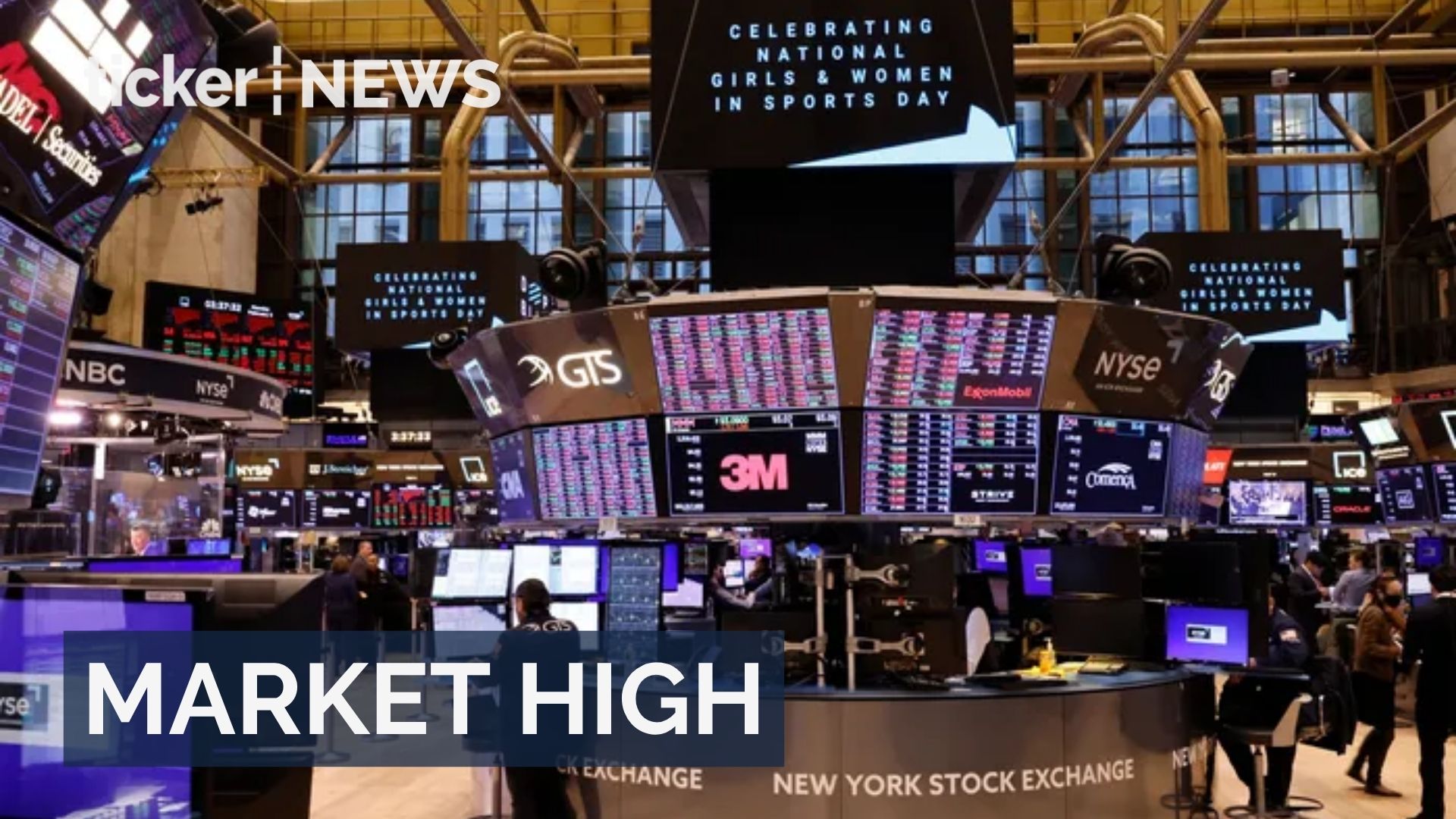The economic landscape is proving to be challenging even for the wealthy, as high earners in the United States face an alarming rate of layoffs.
Americans earning more than $125,000 annually are experiencing layoffs at a rate three times higher than those with lower or moderate incomes, according to a study conducted by Bank of America.
The study cites data related to jobless benefits deposited in customer accounts to support its findings.
The report highlights a notable shift in unemployment trends, with July witnessing a significant 70% increase compared to the previous year in the number of individuals earning six figures who received unemployment benefits.
Sectors that traditionally offer high-paying positions, such as technology and finance, have been hit hard by layoffs over recent months.
Tech nightmare
Tech giants like Meta (formerly Facebook), Amazon, and Alphabet, as well as other companies based in Silicon Valley, have collectively laid off over 227,000 employees since the start of the year, according to Layoffs.fyi.
Meanwhile, major financial institutions like Goldman Sachs, Morgan Stanley, and Citigroup have also let go of thousands of employees.
The report indicates that the layoffs are disproportionately affecting high-income households, while those with lower and middle incomes have shown more resilience.
The phenomenon comes as a surprise, especially considering the robust recovery of the stock market in 2022, which significantly boosted the value of 401(k) retirement accounts.
Asset drop
However, the number of American adults with assets totaling at least $1 million has seen a decline of 1.8 million, falling to 22.7 million at the end of the previous year.
This information comes from the Global Wealth Report compiled by analysts at Credit Suisse and UBS. The report further points out that the US, with the highest concentration of millionaires globally (38% of the total), experienced a notable decrease in the number of individuals possessing at least seven figures in net worth.
The decline in wealth among millionaires is attributed to several factors, including the 33% drop in the NASDAQ and 20% dip in the S&P in 2022. This led to substantial losses for individuals who had witnessed strong growth in their 401(k)s and IRAs in previous years.
$1.4 loss
The report also underscores the challenges faced by the ultra-wealthy. In 2022, the 500 richest individuals globally experienced a collective loss of $1.4 trillion, as reported by the Bloomberg Billionaires Index.
Factors such as supply chain disruptions, geopolitical events like the Russian invasion of Ukraine, China’s struggles with COVID outbreaks, rising inflation, and stock market fluctuations have collectively contributed to the erosion of wealth among the nation’s wealthiest individuals.





 Leaders4 days ago
Leaders4 days ago


 Money4 days ago
Money4 days ago


 News5 days ago
News5 days ago


 News3 days ago
News3 days ago


 News5 days ago
News5 days ago


 News4 days ago
News4 days ago


 Ticker Views5 days ago
Ticker Views5 days ago


 News2 days ago
News2 days ago








